|
The People’s Trust for Endangered Species (PTES) is running a pilot programme to monitor hedgehog populations (NHMP). For this programme, a large number of cameras are deployed at specific sites across the country at specific dates, with 5 sites having been selected in Wiltshire this spring/summer. Volunteers are needed to help deploy the trail cameras at the site and check the images obtained. The Tisbury and District Natural History Society has its own independent trail camera project (more info here) but we would like to assist two neighbouring areas with their participation in the PTES pilot project.
If you would like to take part in the camera deployment aspect, take note of the dates and get in touch with us so we can coordinate our participation with the organisers of the sites. Broadchalke Deployment day Thursday 4th April Collection day Saturday 4th May Barford St Martin Deployment day Saturday 20th July /Sunday 21st July (TBC) Collection day Monday 19th August/ Tuesday 20th August (TBC) If you would like to help with image checking (identifying animals in the pictures taken by the trail cameras), please follow these instructions: 1. Register in the portal MammalWeb first. 2. Following registration in MammalWeb, please fill in this PTES form, using the same email address that your MammalWeb account is linked to. This will register you as a PTES NHMP volunteer, and you will receive instructions on how to take part. For image checking, you don’t need to wait until the camera season is over, as there are already images from 12 previous sites across the country. Inés López-Dóriga Wiltshire is an important stronghold for the Duke of Burgundy, the UK’s fastest declining butterfly. Although many of the butterfly’s populations are small and medium sized those in southwest Wiltshire are faring better than elsewhere as there are still connections between populations. The Shaston Ridge (the ridge running south of the A30 between near Donhead St Andrew and near Burcombe) is one of its strongholds. However, our knowledge of its distribution and population sizes there is far from complete!
We have records from all along the ridge, but they have not been collected in a consistent manner. Nor have sites with potential, or all locations which previously held the species been visited recently. We’d like to recruit a team of volunteers to help undertake timed counts for Duke of Burgundy. This is a simple method of recording a single species and involves walking a set area and counting the number of Duke of Burgundy butterflies seen. All training will be provided, no experience is necessary just and interest in conserving a charming little butterfly speciality of our local area. The more recorders we can recruit, the more sites we will be able to cover with this consistent recording system. Would you like to be involved? The survey will take place between Mid-May and Mid-June and we’ll run some training before the flight season starts. Sites will be split and allocated across the team of volunteers, and I will be able provide ongoing support to build-up skills and share information about individual sites. If you would like to take part, please contact me in the first instance via the Contact form and I will be in touch. Andrew Graham You may have received information by email or seen the leaflets about the wonderful new project called Nurturing Nature, organised by a collaboration between the Cranborne Chase AONB team, Wiltshire Wildlife Trust, Wiltshire & Swindon Biological Records Centre (WSBRC) and the Chase & Chalke Landscape Partnership.
They want to train 100+ people who have little or no experience in wildlife surveying to help them record wildlife, build understanding about the current biodiversity in the Chase & Chalke area and identify places where habitats could be improved. We hope that many of our members will want to take part. Full details about the courses available within this free training programme are listed on the Chase & Chalke Nurturing Nature Project pages and you can also sign up to the Cranborne Chase enews here. Another way to find out more about volunteering and the types of training on offer is to meet the Nurturing Nature team for Coffee and Cake on Thursday 16th February at the Salisbury Orangery [102 Crane St, Salisbury SP1 2QD] between 10am-1pm. Register your interest by emailing [email protected] You can download the Project leaflets here: Coffee & Cake Mornings and The Nurturing Nature Project. We'll be adding Nurturing Nature Project links to our Resources page too. Apologies to Debbie and Andrew Carter for being late in uploading these great photos of one of their swifts on the move from their special swift box home on 20th July. Andrew has caught the exit flight so well.
Poppy Roou from the Chase & Chalke Landscape Partnership has contacted us to spread the word about needing trainees for their Chase & Chalke short River Ebble Training sessions next week. All equipment will be provided.
The sessions with the Wessex Rivers Trust and the Chase & Chalke team are open to all ages and it is a great opportunity for skills development and for our river habitat health. Unfortunately, if they don’t have more trainees they will need to re-schedule the sessions. Sessions are: Thursday 19th May 3pm - 4.30pm / 4.30pm - 6pm Register here for training: www.bttr.im/cnmw2 If you or potential trainees have any questions please email [email protected] or contact Poppy on [email protected]. More information and background to this training is here: https://cranbornechase.org.uk/chaseandchalke/a-crystal-clear-ebble/ Liz Nash has reported that she saw 5 swifts yesterday afternoon from her garden off High St, Tisbury.
As Elizabeth Forbes mentions in her newsletter to supporters of the swifts campaign, now is the time to turn on the player for swift calls if you have one with your swift nest box. "There's no need to check on the boxes, other than to note if any have come loose in the winter gales. Any problems: let me know and we'll try to sort. This year, we're hoping to record the outcome of our campaign in terms of nesting activity. If you would like to help in this way, please just keep an eye open and a notebook and pencil handy, because we'd be really grateful if you could make a note of activity around nests/boxes:
Elizabeth is happy to be the first port of call for any queries or reports, so if you don't know her email address, please use the contact form and we'll pass them on to her. The following request has been submitted by Jessica Perry of the RSPB Volunteer Monitoring Farm Wildlife project.
"The RSPB Volunteer Monitoring Farm Wildlife (VMFW) project aims to provide a match up service for volunteer surveyors and farmers. The project objectives are to provide a wildlife surveying service to farms, offer opportunities for people to get out into nature and use the collected data to create useful outputs that will help farmers to adapt to nature friendly farming practices. This is currently a pilot project so many aspects are in development. The taxa surveys taking place in Wiltshire this year are pollinators, butterflies, and bumblebees. We hope to take up more taxa in future years, such as birds and plants. The surveying methods are all citizen science based, so are easy to learn and conduct, but with practice can become a valuable skill. We try to match volunteer surveyors to farms within a reasonable travelling distance. We may be able to reimburse some travel expenses. Once a match is agreed we send the surveyor the contact details to get in touch with the farmer. First there is a 'Meet & Greet' session where you agree with the farmer where and what to survey and do a risk assessment. Then surveys are conducted throughout the spring and summer. Results are submitted online by the surveyor. At the end of the year, we will turn those results into useful outputs for the farmers. It is completely up to you, which taxa to survey, although sometimes a farm might express an interest in a specific type. You can do more than one taxa if you wish and you can do more than one farm if you wish. We cannot always guarantee that a farm is nearby, however we do occasionally run training sessions and encourage our volunteers without farms to practice their skills at their local green space. The surveys differ a little in how often they are done, bumblebees can be monthly or 3 surveys throughout the surveying season (now until Oct), pollinators are monthly (now until Sept) and butterflies are fortnightly (now until Sept). Bumblebee transects are 1-2km. For butterflies you select up to 5 areas to survey and pace evenly through that area for 15 minutes recording species. For pollinator surveys the surveyor observes an area of target flowers e.g. clover, for 10 minutes, recording the pollinating insects that visit the flowers. We currently have several farms in south Wiltshire who need volunteer surveyors. There are two farms in the Tisbury area, one in the Semley area and one east of Gillingham. If anyone is interested in being involved in the project or to help us cover these farms please contact me at [email protected]" This striking photograph of a Dark-edged Bee-fly was taken recently by Dick Budden, as it rested on a clothes peg of his washing line. The Dark-edged Bee-fly is the most common of the bee-fly species and can be seen mainly in April and May as it feeds with its long straight proboscis on the nectar from spring flowers in gardens and hedgerows.
It is parasitic in behaviour. The female deposits her eggs into mining bee nesting areas by hovering a few inches above, then giving a sharp twist of her body as she flicks her eggs out with a covering of dust that she’s collected specially for the eggs’ protection. Upon hatching, her larvae will then burrow down and lie in wait to feed on the host bee’s larvae when they mature. You can contribute to Bee-fly Watch on the Dipterists Forum of the Biological Records Centre, where they would welcome accounts of your sightings. Gareth Harris of the Wiltshire Bat Group has sent us an update on The South Wiltshire Greater Horseshoe Bat Project which was launched in October 2020. As Gareth remarks in his update, “a considerable volume of work has been achieved” including the enhancement of roosting sites, hibernation counts and large-scale bat detector & dung beetle surveys.
Further information from Gareth “During 2021, over 50 locations were surveyed for bats using static bat detectors, recording around 700,000 sound files, over 376 nights of survey, generating records of 13 species of bat. Notably this included many new records of foraging Greater horseshoe bat, as well as other rarer species of bat such as Barbastelle bat, Leisler’s bat and Lesser horseshoe. The map below illustrates the spread of locations surveyed in 2021, and then specifically which of these recorded Greater horseshoe bat. Given the importance of the Nadder valley, hosting Chilmark Quarries SSSI for example, it is unsurprising to see this area recorded such a high activity of Greater horseshoe bat. The project also initiated landscape-scale surveys for dung beetles; dung beetles are a major food source for adult and juvenile Greater horseshoe bats throughout the year (including during the winter months). Surveys were undertaken close to roosting sites of greater horseshoes as well as the wider landscape. This work feeds into partnership working with local farmers, promoting the importance of dung beetles in soil health, carbon sequestration, and also in managing livestock endoparasites. There is growing evidence that a diverse dung beetle assemblage may reduce the requirement to use livestock worming products which decimate the wider soil invertebrate community, including dung beetles.” The Wiltshire Bat Group will be releasing further updates on their website in due course, so you’ll be able to find out more about the impacts of their bat and dung beetle surveys there. Slugs and snails have a true champion in Imogen Cavadino, an entomologist who is carrying out research for the RHS. We were treated to a wealth of information with up-close-and-personal photography of these oft-maligned creatures. Slugs evolved from snails as they simplified their coiled shells and diverged into different families. There’s even such a thing as a semi-slug, one that can’t retract into the shell it carries on top. Some slug species still have a visible pale mantle under the surface, marking their vestigial shell which serves as storage for calcium salts. The majority of snails have shells which coil to the right, developing asymmetrically via torsion, so that both their respiratory pore and anus end up on the right side of their heads. They are so dependent on moisture that if deprived, they can create an epiphragm to seal themselves in and succumb to a dormant state. Quick to revive if the conditions improve, Imogen told us that a snail was once stuck on a postcard as an exhibit in the British Museum (before they knew about their dormancy behaviour) and stunned everyone by making an escape. For a researcher, the slime colour can be useful for identifying the species. Slugs produce two types of mucus for defence and movement. We heard that the netted field slug (deroceras reticulatum - above on the left) is the most harmful to our agricultural activities, making a feast of root vegetables in the autumn, but the cellar slugs (Limacus sp. - on the right) feed on rotting material, fungi, lichens and algae and are therefore blameless.
The Royal Horticultural Society (RHS) has been campaigning, with Imogen heavily involved with their media activity, to dispel the myths that all slugs are enemies of the gardener. The last big slug survey was done in the 1940s and the RHS’ recent research has been aided by a formal survey conducted by 60 chosen participants around the country, who performed scheduled slug counts, with the glorious total of 21,000 slugs collected and identified in one year. They discovered that non-native species were becoming more dominant, no doubt hitching rides on plants from other countries. New varieties are also being discovered, like the ghost slug (Selenochlamys ysbryda - above centre) with no eyes, first identified in Wales in 2014. Finally, that all important question – how do you euthanise a slug? Obviously, only the types which are eating your veg – please identify them first! The most ethical way is to put them in a sealed container and place in the freezer. Or if you are wanting to maintain their colours for identification purposes, you can drown them in carbonated spring water. On a more positive note, the RHS welcomes recordings from anyone who wants to get involved. You will find information from Imogen on our Wildlife Recording page, about helping to record slug and snail activity. |
Photo: Avocets (Izzy Fry)
The headers display photos taken by our members. Do get in touch via the Contact Form if you'd like to submit a photo for selection.
Archives
May 2024
Categories
All
|
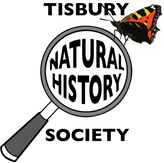
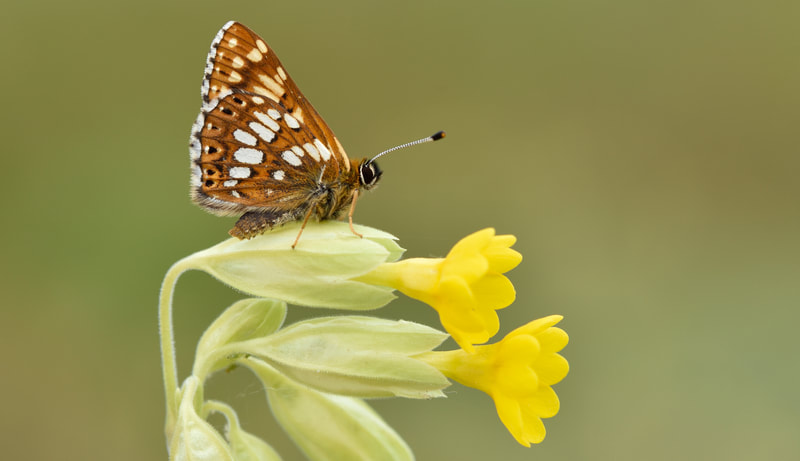
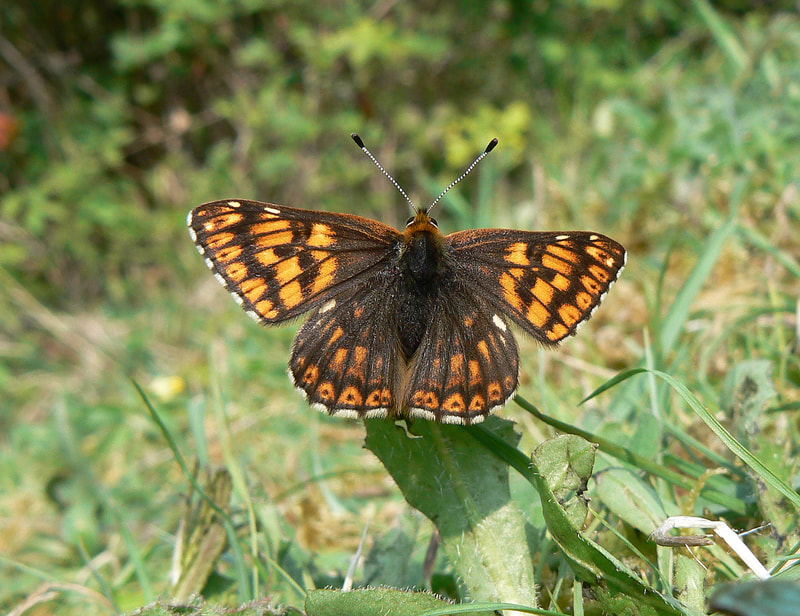
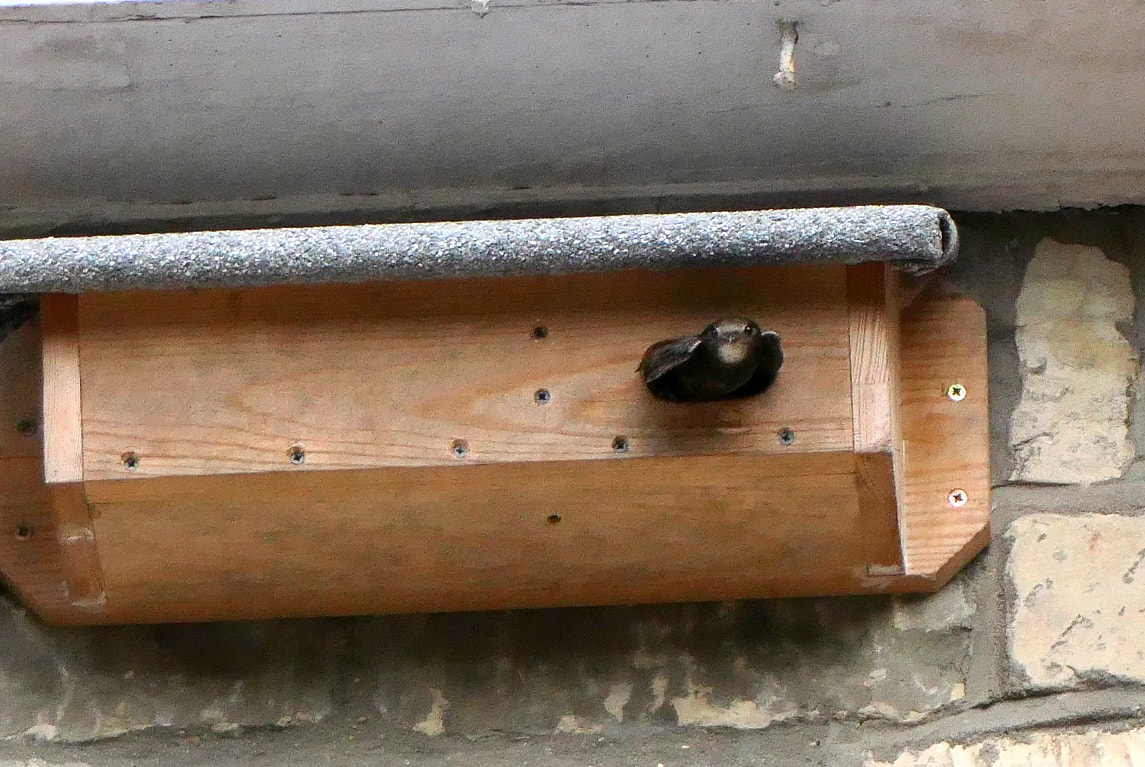
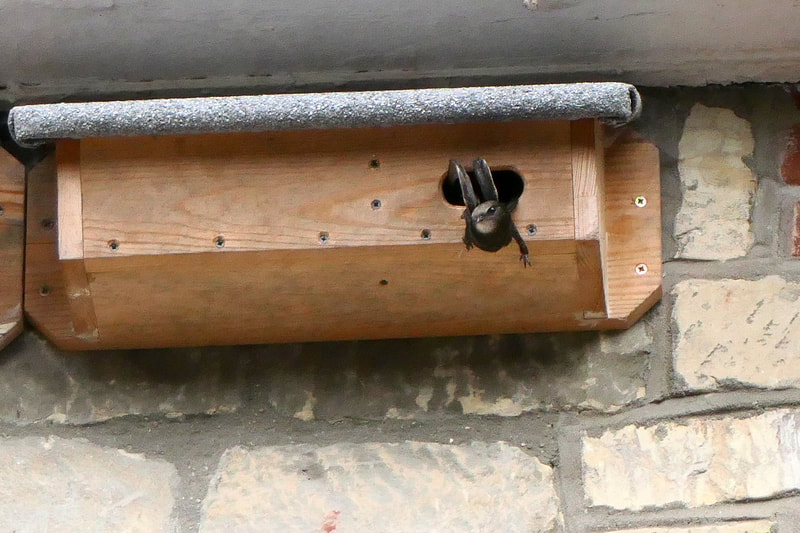
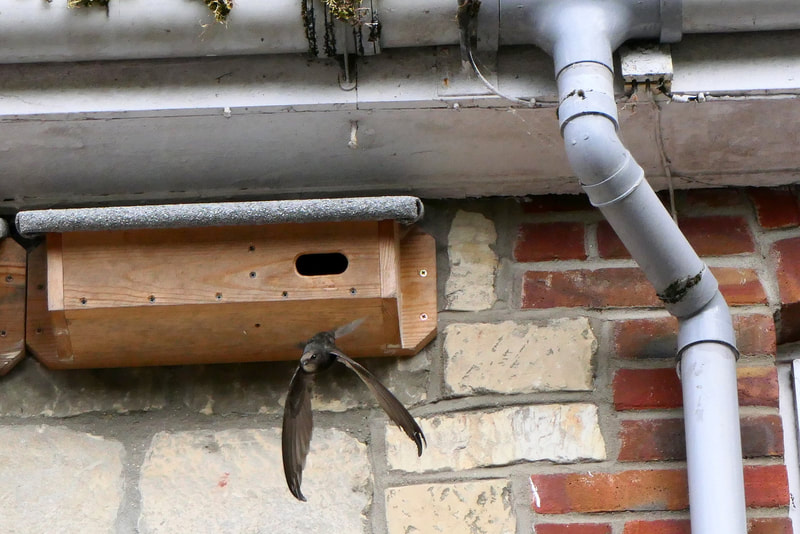
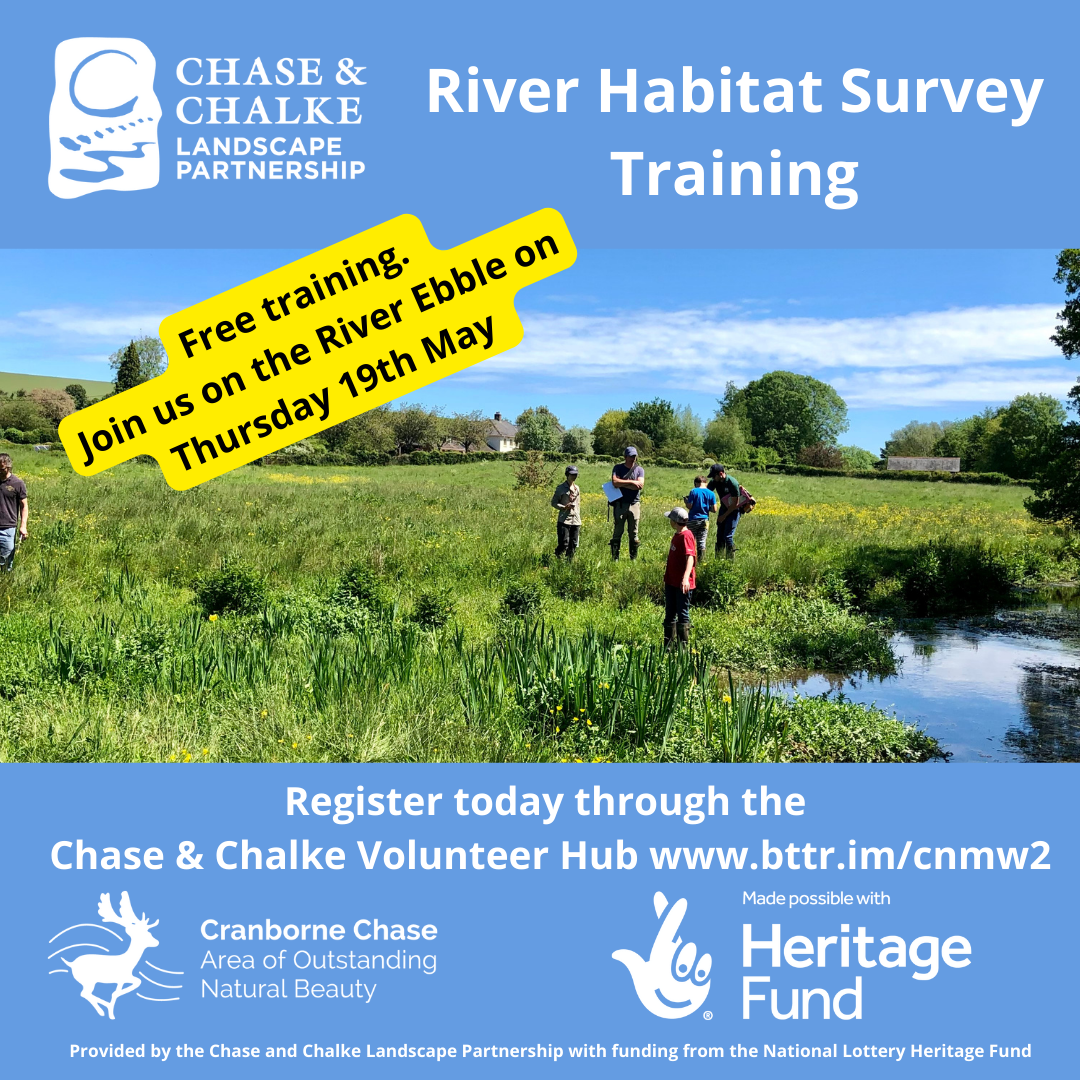
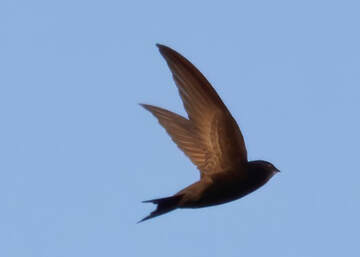
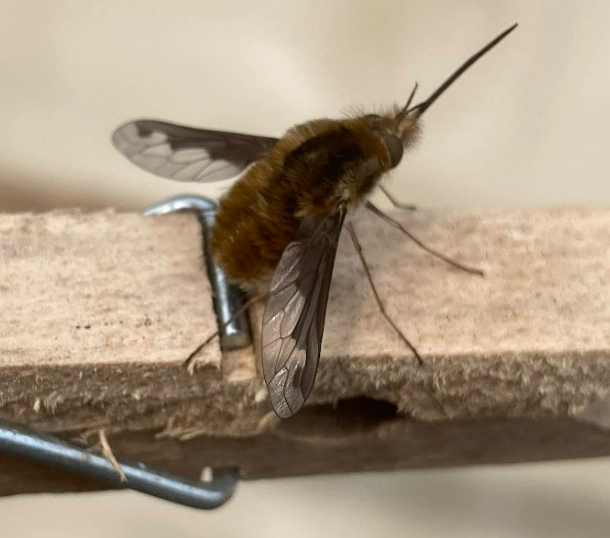
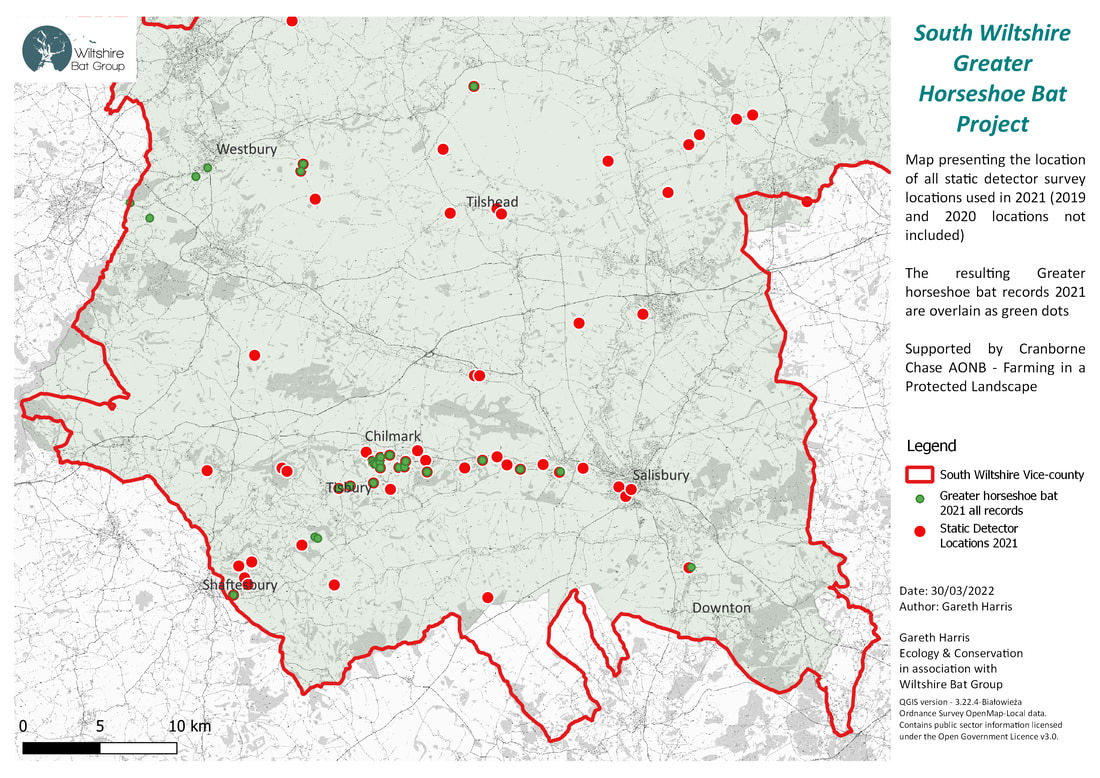
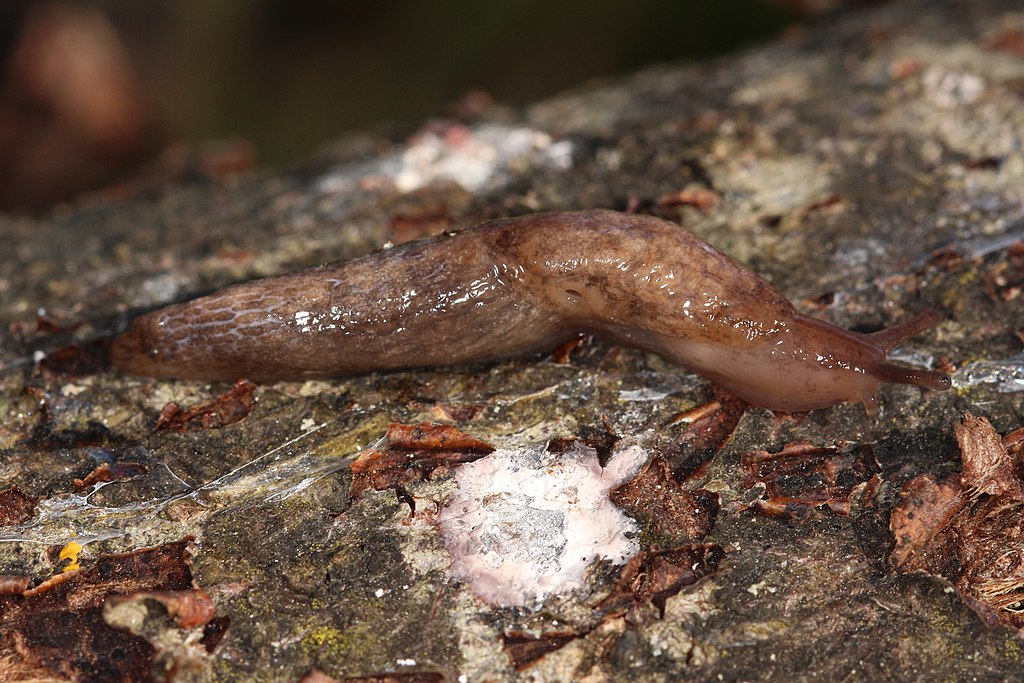
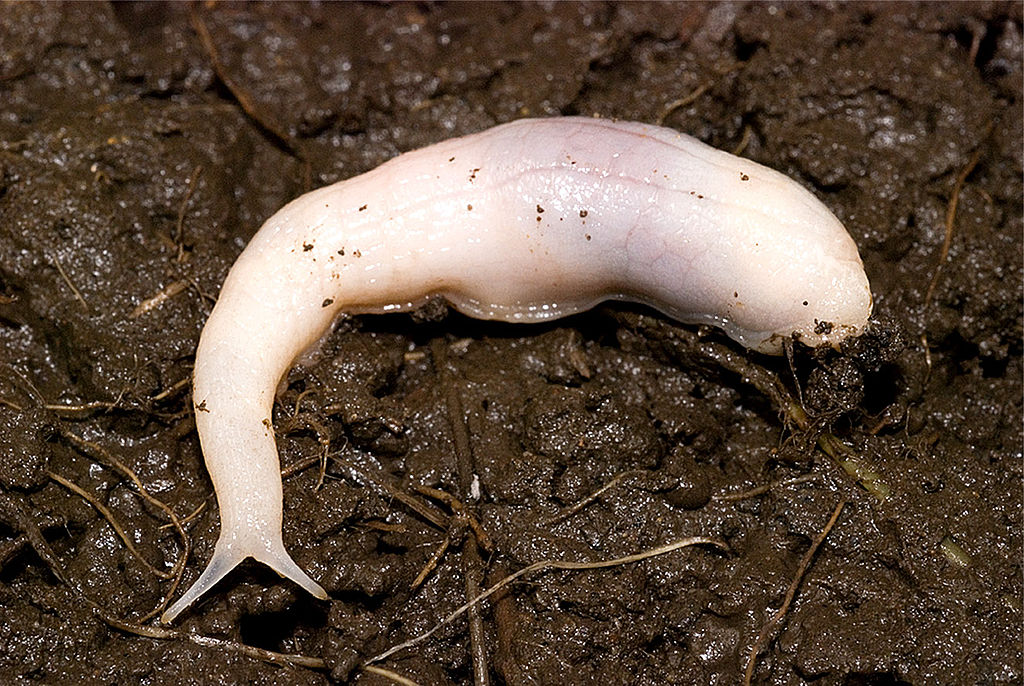

 RSS Feed
RSS Feed